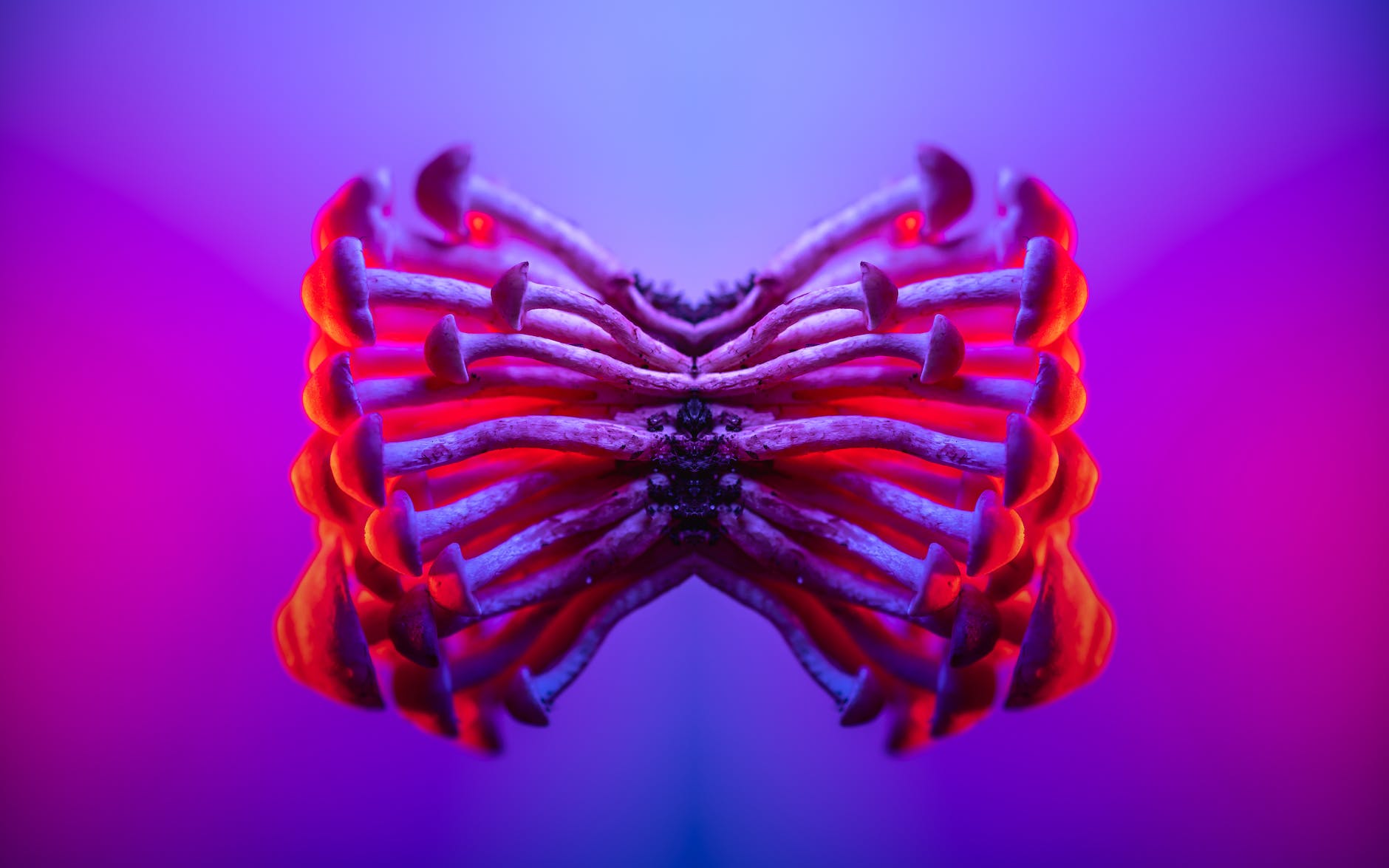The history of psychedelic art can be traced back to the 1960s, a tumultuous decade marked by the rise of the counterculture movement, an era synonymous with rebellion, experimentation, and mind expansion. This period saw the emergence of visionary art characterized by bold colors, surreal imagery, and intricate patterns, a unique and intriguing form of artistic expression that captured the essence of the hallucinogenic experiences brought about by LSD (lysergic acid diethylamide).
The roots of psychedelic art can be traced back to the work of Swiss chemist Albert Hofmann, who inadvertently synthesized LSD in 1938 while researching ergot, a naturally occurring fungus. Hofmann experienced the drug’s potent hallucinogenic effects in 1943, inadvertently discovering the substance’s psychoactive properties when he accidentally ingested a small amount, thus sparking a revolution in drug culture and a new wave of artistic expression. As LSD made its way into the hands of artists and the counterculture movement, a unique genre of art began to emerge.
One of the earliest pioneers of psychedelic art was psychiatrist Dr. Oscar Janiger. In the mid-1950s, he conducted a series of studies on the effects of LSD on artistic expression, during which he gave artists small doses of the drug and asked them to create pieces while under its influence. These studies showed that LSD could significantly affect creativity, resulting in the creation of complex, abstract art featuring vivid, swirling patterns and surrealistic imagery.
As the 1960s progressed and LSD became popular among counterculture figures and proponents of free thought and expression, the drug’s influence on art began to grow. Timothy Leary, a psychologist and proponent of psychedelic drug use, popularized the phrase “turn on, tune in, drop out” and played a crucial role in spreading the drug’s use, thereby also popularizing the burgeoning psychedelic art movement. During this time, artists seeking new means of self-expression dabbled in the realms of visionary art, with some of the most famous examples including the album covers of bands like The Beatles, The Grateful Dead, and Jefferson Airplane, as well as concert posters and promotional materials for events like the Human Be-In and the Monterey Pop Festival.
The iconic visuals associated with these events and bands — swirling letters, flowing paisley patterns, and other-worldly imagery — were heavily influenced by the hallucinogenic journey brought about by LSD, resulting in an art form that sought to capture the intense, often spiritual experiences of those who took the drug.
As psychedelic art continued to grow in popularity, it drew upon and incorporated elements from other art forms and cultures. Key influences included Eastern spirituality, mysticism, and sacred geometry, as well as Art Nouveau, abstract expressionism, and pop art. Visionary artists like Alex Grey and H.R. Giger helped to usher in a new era of thought-provoking and boundary-pushing artwork that not only captured the essence of the psychedelic experience but also challenged viewers to explore new realms of consciousness and the depths of the human mind.
Though the counterculture movement and widespread LSD use began to wane in the 1970s, the impact and legacy of psychedelic art continue to endure. Contemporary artists draw inspiration from these mind-bending visuals, often using digital technology to create similarly intricate and immersive experiences. As festivals and events like Burning Man, Electric Forest, and the Envision Festival gain popularity, patrons can often find themselves surrounded by the awe-inspiring visuals of modern psychedelic art installations.
In many ways, the history of psychedelic art reflects the tumultuous, experimental spirit of the 1960s, a time when barriers were broken, and conventional wisdom was challenged. From its early beginnings with Albert Hofmann’s accidental discovery to its continued influence in modern art and music, psychedelic art remains a testament to the transformative power of creativity and the human imagination.





